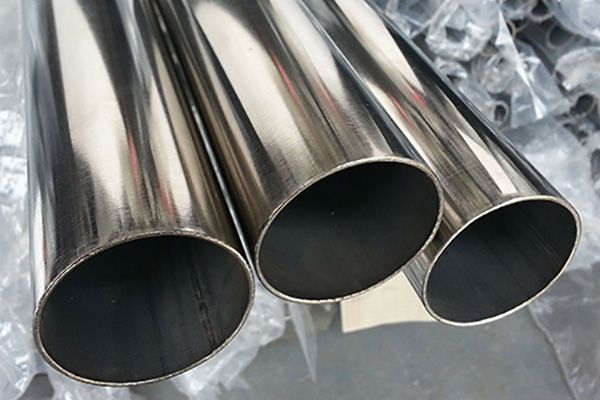

It is widely known that stainless steel pipes and fittings are an hygienic, healthy metal and are used extensively in the food processing industry and for transportation pipelines. The stainless steel pipe is a material with excellent properties that can reduce transportation costs and keep the inner wall clean and smooth over time.
How can you tell the difference between stainless steel and other types of pipe fittings? Two methods are available:
First, the nitric-acid point test. The corrosion resistance of stainless steel pipes against dilute and concentrated nitric acids is a feature that stands out. It is easy to distinguish stainless steel from other metals and alloys because of this property. When exposed to concentrated nitric acids, 420 and 444 stainless steels with high carbon content are susceptible to corrosion. Non-ferrous metals also corrode immediately. Carbon steel is severely corroded by diluted nitric acids.
Second, physical testing. The magnetic test is the easiest way to distinguish between austenitic and ferritic steel. Austenitic stainless is not magnetic, but will become magnetically slightly after cold-working under high pressure. Low alloy steel and pure chromium are highly magnetic stainless steel.
Standard stainless steel pipes are easily recognizable by their sharp tooth edges, uniform spacing, and no surface inclusions. This is because they have been mechanically processed prior to discharge. The feel of the pipe also shows that it has smooth tooth edges, a uniform processing depth, a core with even walls, and smooth flow parts. According to the roughness of manufacturing, inferior stainless pipes have thick and unfavorable tooth edges, irregular spacing between teeth, frequent edge damage and easy leakage. These pipes have a high carbon content and are not corrosion resistant. They also have a poor tensile and toughness strength.
Installing Stainless Steel Pipe Fittings requires also a certain level of skill. When lifting stainless-steel pipe materials, the material must not come into direct contact with any other metal. Add non-metallic materials, such as wood boards or rubber sheets. Second, during the positioning welding of stainless steel fittings and pipes, it is important to fill the inside with chlorine. When cutting pipes, you cannot use ordinary grinding wheels. Plasma cutting or stainless steel special grinding wheels must be used. The pipe is welded using arc opening and closing. To fill the arc-crater, arc-starting and arc-closing are used. The arcing process must be carried out within the groove. It is not possible to arc or arc on the surface material of pipes and fittings. It is important to act quickly if defects like cracks and pores are discovered in the areas of arc initiation or arc closure.
The hydraulic pressure test for Stainless Steel Pipe Fittings also has requirements regarding water temperature and water purity. The water temperature must not be less than 5 degrees Celsius and the chloride content of the water must not be more than 25Pmm.
Before tungsten-arc welding, it is necessary to fill the pipe and the cavity with gas protection. This will prevent the welding of the butt joint. The stainless steel pipes are attached to the welds on the outside of the welding joints. It is important to note that after the coal has been pickled and bellyed, the arc opening and closing points for multi-pass multilayer welding must be staggered.
Name: Acewell Metail
phone:86-18158892901
Whatsapp:8618158892901
Email:[email protected]
Add:NO.18 Huaye Avenue, Zhenyang Industrial Park